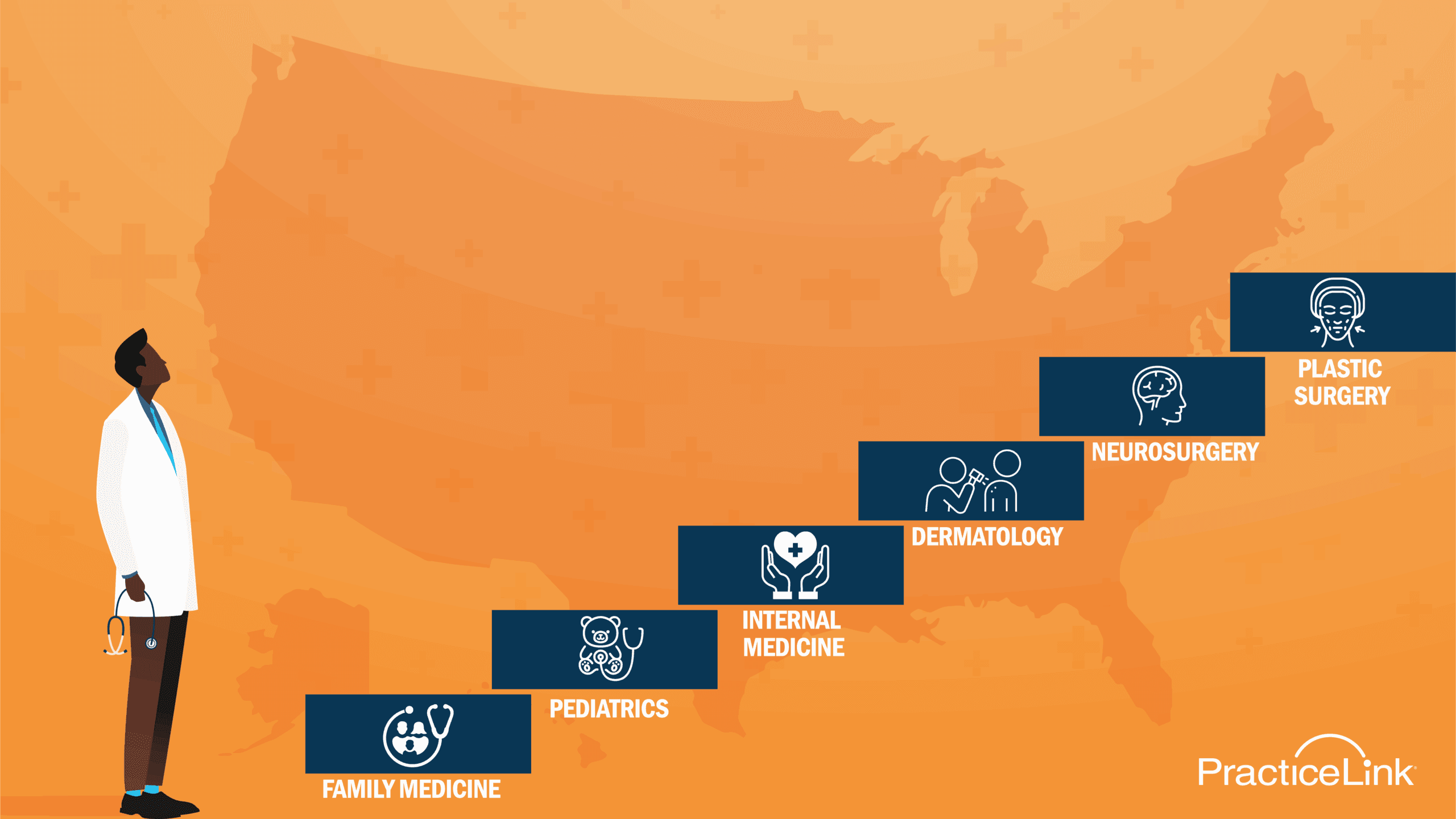Which residency is easiest to get into in the USA?
By Megan Trippi July 8, 2025

Which residency is easiest to get into in the USA?
For international medical graduates (IMGs) and U.S. medical students alike, getting into a residency program is a crucial step toward practicing medicine in the United States. Some specialties are notoriously competitive, while others have more available positions and higher acceptance rates, making them easier to enter. Understanding which residency programs are the least competitive can help applicants tailor their strategy to match their qualifications and career goals.
For IMGs, visa status can also play a role in residency placement. If you are considering applying for a residency program in the U.S., be sure to explore visa options like the physician visa to understand your legal requirements. Additionally, selecting from the best residency programs for foreign medical graduates can improve your chances of securing a position that aligns with your professional goals.
Which residency is easiest to get into in the USA?
When evaluating the easiest residencies to get into, certain specialties tend to have more open positions, lower board score requirements and a higher percentage of IMGs matching successfully. The following specialties are often considered the least competitive:
- Family Medicine – A broad specialty with high demand, making it one of the most accessible residency options.
- Internal Medicine – While some internal medicine programs are highly competitive, many community-based programs have lower barriers to entry.
- Pediatrics – This specialty is always in demand, and many programs welcome IMGs.
- Psychiatry – A growing field with increasing demand, leading to more available residency slots.
- Pathology – Less direct patient interaction makes this specialty a less common choice, making it easier to match.
These residencies tend to have higher acceptance rates and require lower USMLE scores compared to more competitive fields like dermatology or orthopedic surgery.
What is the shortest residency in the US?
For some applicants, the length of training is an important consideration when selecting a specialty. The least competitive residencies in USA often correlate with the shortest training programs. These include:
- Family Medicine – 3 years
- Internal Medicine – 3 years
- Pediatrics – 3 years
- Emergency Medicine – 3 to 4 years
- Psychiatry – 4 years
These shorter residencies allow physicians to enter the workforce faster, which is an attractive option for those eager to start practicing as soon as possible. Specialties with longer residencies, such as neurosurgery (7 years) and cardiothoracic surgery (6 to 8 years), are often the most competitive due to the extensive training required.
What’s the hardest residency to get into?
In contrast to the easiest residencies, certain specialties are highly selective and require exceptional academic performance, research experience and high board scores. The most competitive residencies in the U.S. include:
- Plastic Surgery – Limited spots and high demand make it one of the hardest to match into.
- Dermatology – Requires near-perfect USMLE scores and a strong research background.
- Orthopedic Surgery – Highly competitive due to the physical and technical demands of the specialty.
- Neurosurgery – Extensive training and academic excellence are necessary.
- Otolaryngology (ENT) – Requires both surgical and clinical expertise, making it highly selective.
Applicants aiming for these fields should focus on maintaining top USMLE scores, gaining research experience and networking through clinical rotations and conferences.
Which country is easiest to get medical residency?
For IMGs struggling to match in the U.S., looking at alternative countries may be a viable option. The least competitive residencies for IMG applicants are often found in countries with more relaxed immigration policies and greater demand for physicians. Some of the most IMG-friendly countries include:
- United Kingdom – The NHS frequently recruits international doctors for residency training.
- Canada – While competitive, certain provinces offer more opportunities for IMGs.
- Australia – Has pathways for foreign medical graduates to secure residency positions.
- Germany – Offers structured training programs for foreign doctors with language proficiency.
- New Zealand – A growing demand for doctors makes it a good option for IMGs.
Each country has its own licensing and examination requirements, so IMGs should research the process thoroughly before applying.
Determining which residency is easiest to get into depends on multiple factors, including specialty demand, program competitiveness and an applicant’s qualifications. Family medicine, internal medicine and psychiatry are among the easiest residencies to get into, while dermatology, plastic surgery and neurosurgery remain among the most competitive.
For IMGs, considering factors such as visa sponsorship and alternative residency locations can improve their chances of securing a program. If you are preparing for residency applications, explore your options and start planning today.

